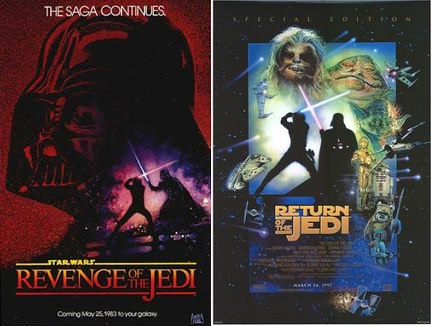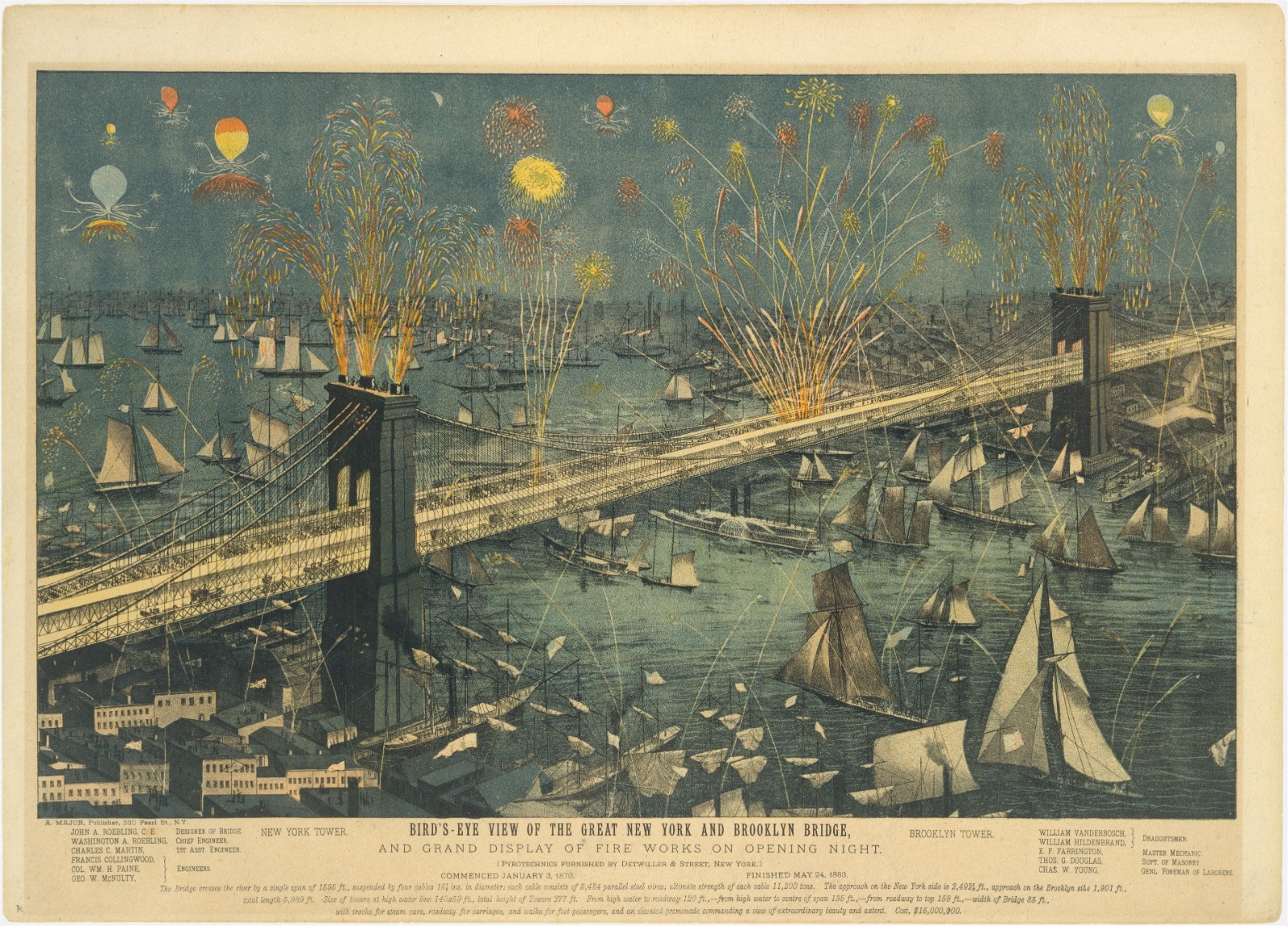fireworks
wholesale market
March 28, 2023
The creative team of SuperFireworks Co., Ltd. continues "The Art of Fireworks and Fireworks in Art" series. In each issue of this series, we bring to your attention examples from various forms of art where pyrotechnics was mentioned or used.
***
Cinematography: Return of the Jedi (1983)
Return of the Jedi (also known as Star Wars: Episode VI – Return of the Jedi) is a 1983 American epic space opera film directed by Richard Marquand, based on the screenplay by Lawrence Kasdan and George Lucas. The sequel to Star Wars (1977) and The Empire Strikes Back (1980), it is the third installment in the original Star Wars trilogy and the sixth chronological film in the "Skywalker Saga". It grossed $374 million during its initial theatrical run, becoming the highest-grossing film of 1983.
Film critic Roger Ebert gave the film four out of four stars, calling it "a complete entertainment, a feast for the eyes and a delight for the fancy." We cannot but agree with him, as long as it provides a beautiful scene with a series of fireworks lighting up the sky as the Rebel Alliance celebrate their victory against Imperial Forces. This is the original Ewok celebration ending scene from Return of the Jedi; just as audiences saw it in theaters in 1983.
By the way, the original trailer for the film carried the name Revenge of the Jedi. In December 1982, Lucas decided that "Revenge" was not appropriate as a 'true Jedi should never seek revenge' and returned to his original title. By that time thousands of "Revenge" teaser posters (with artwork by Drew Struzan) had been printed and distributed. You can see both posters below and decide which is better for yourself.

***
Painting: Bird’s-Eye View of the Great New York and Brooklyn Bridge, and Grand Display of Fireworks on Opening Night (1883)
Today we express our gratitude to fireworks for the opportunity to tell you about a special kind of fine art - lithography. This kind of printed graphics is based on a technique in which printing ink is transferred under pressure from a flat printing plate to paper. The technique of lithography was accidentally invented by the German author and actor Alois Senefelder in Bohemia at the very end of the 18th century. In the 20th century, lithography began to be considered as an independent variety of graphic art; Dali, Delacroix, Matisse, Picasso, Renoir, Chagall worked in this technique.
...On May 24, 1883, the Brooklyn Bridge was put into operation; the longest suspension bridge in the world at the time of its opening, it is today one of the most recognizable symbols of New York. A fireworks show was staged to mark the occasion, and the moment was captured by draughtsmen William Vanderbosch and William Hildenbrand. Their drawing served as the basis for color lithography, which can still be seen in the New York Metropolitan Museum of Art.

***
Literature: Sol Luckman, Snooze: A Story of Awakening (2014)
From acclaimed author Sol Luckman comes SNOOZE, the riveting, coming-of-age tale of one extraordinary boy's awakening to the world-changing reality of his dreams, winner of the 2015 National Indie Excellence Award for New Age Fiction. An insightful look at a plethora of paranormal subjects, from Bigfoot and lucid dreaming to time travel via the Bermuda Triangle, SNOOZE also shines as a work of literature featuring iconic characters, intense drama and breathless pacing – and includes a most beautiful description of fireworks as well.
“The fireworks went on for nearly half an hour, great pulsing strobes, fiery dandelions and starbursts of light brightening both sky and water. It was hard to tell which was reality and which was reflection, as if there were two displays, above and below, going on simultaneously—one in space-time, mused Max, and the other in time-space.”
***
Here comes to an end the ninth chapter of our journey into the world of The Art of Fireworks provided by SuperFireworks Co., Ltd!
Stay tuned! Stay super!